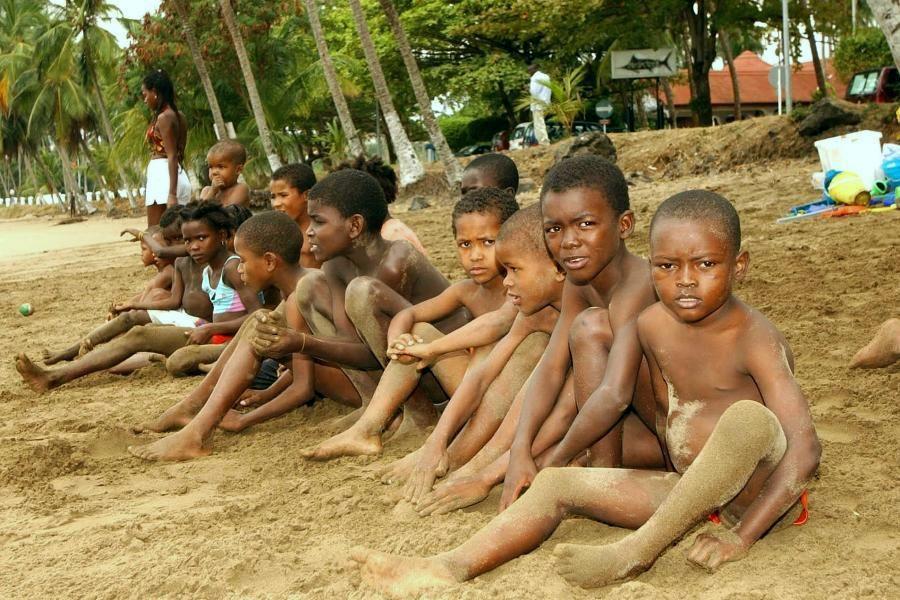
Figure 1.--This is a scene along the beach at the village of Monte do Macacoe on São Tomé. |

|
São Tomé and Príncipe are Portuguese speaking islands of Gabon at the apex of the Gulf of Guinea bite. The islands were uninhabited when the Portuguese discovered them and because the captured Africans brought to the islands as slavesb spoke many different language, there is now no other language spoken other than Portuguese. There are two small archipelagos around each of the two main islands. The islands are some 140 kilometres (87 miles) apart. Both islands are volcanic in origin. The Portuguese sighted the islands (1471-72). João de Santarém and Pedro Escobar. Portuguese navigators explored the islands and concluded that they could be used as secure bases for Portuguese ships and trade with the mainland. They were of some importance in the early stage of Portuguese exploration because as islands they provided a degree of security. São Tomé is located just north of the equator. It was named in honour of Saint Thomas by Portuguese explorers who first sighted the island on his feast day. Príncipe was named after the Prince of Portugal. The population of 163,000 (2010) make São Tomé and Príncipe the second-smallest African country. (Only Seychelles in the Indian Ocean is smaller.) The Portuguese tried to grow sugar on the islands. The first slaves were provided by the powerful Kongo Kingdom on the mainland. Sugar plantations proved less successful than the the plantations that would be established in Brazil and the Caribbean, in part because the techhnology was not as developed at the time and the slave population proved more difficult to control. The islands became more important as a staging ports in the Atlantic slave trade. After the end of slavery, planters used Angolan contract workers. Portugal granted independence (1975). The country became one of the first African countries to embrace democratic reforms (1990). The islands continue to be mostly agricultural. Exports are primariy cacao, but include coffee, copra, palm oil, and cinchona (quina). The country offers palm-fringed beaches, crystal-clear water, and healthy tropical inland jungles. Officials would like to develop tourism, but have had only limited success to date. Fisheries are of some imprtance and their is an agreemnt with the European Union. Discovery of oil in the Gulf of Guinea offers major changes in the islands' economy.
Navigate the Boys' Historical Clothing Web Site:
[Introduction]
[Activities]
[Biographies]
[Chronology]
[Cloth and textiles]
[Clothing styles]
[Countries]
[Topics]
[Bibliographies]
[Contributions]
[FAQs]
[Glossaries]
[Images]
[Links]
[Registration]
[Tools]
[Boys' Clothing Home]
Navigate the Boys' Historical Clothing national pages:
[Return to the Main African country page]
[Return to the Main African page]
[Angola]
[Cape Verde Islands]
[Cameroon]
[Democratic Republic of the Congo]
[Equatorial Guinea]
[Gabon]
[Lessotho]
[Madagascar]
[Mali]
[Nigeria]
[]
[South Africa]
[Uganda]
[Portugal]
